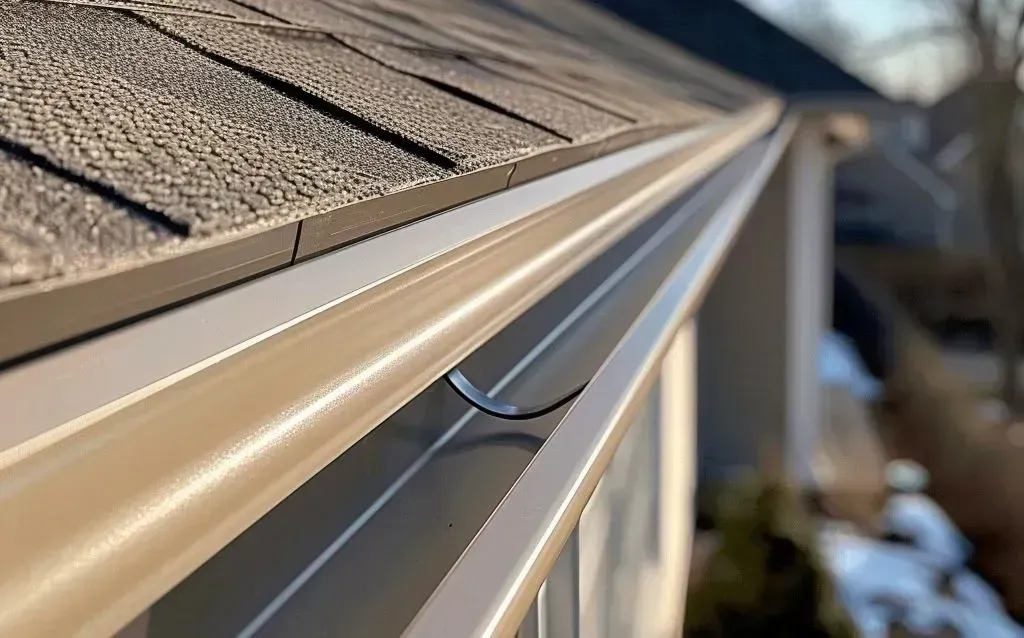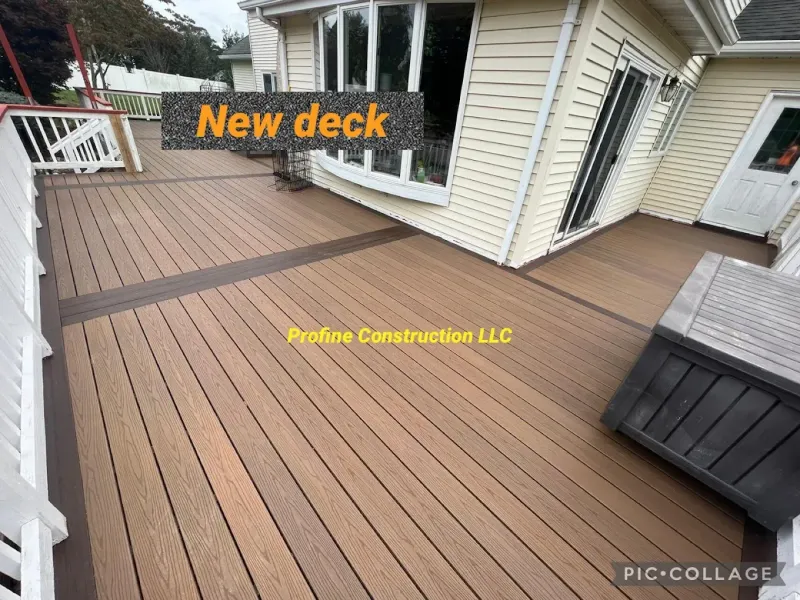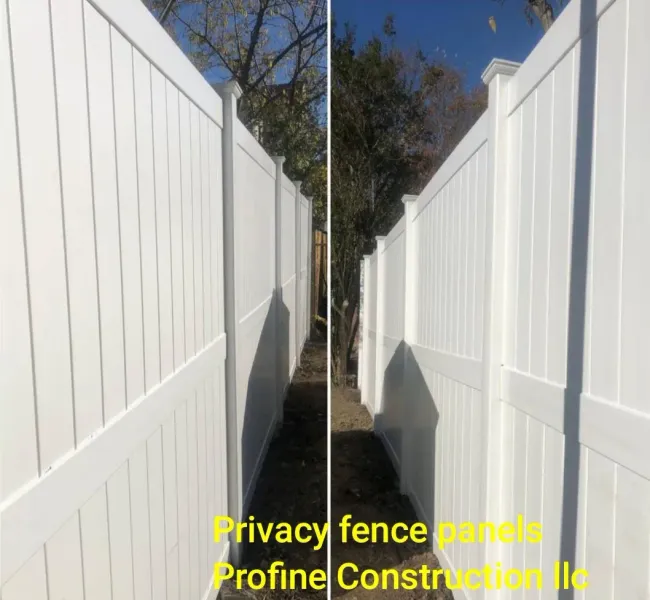Introduction
When it comes to roofing options, metal roofs have carved out a significant niche in the market. Known for their durability, energy efficiency, and aesthetic appeal, these roofing systems have become increasingly popular among homeowners and builders alike. However, like any product, metal roofing systems come with their own set of advantages and disadvantages. In this comprehensive article, we'll delve deep into the pros and cons of metal roofing systems you should know before making an informed decision.
This exploration will not only help you grasp the benefits and drawbacks of metal roofs but will also equip you with essential knowledge about how to choose the right roofing contractor, signs your roof needs immediate repair, and more. So buckle up as we embark on this adventurous journey through the world of metal roofing!
Pros and Cons of Metal Roofing Systems You Should Know
1. Durability: The Long-Lasting Investment
Metal roofs are renowned for their durability. Made from materials like steel, aluminum, or copper, they can withstand severe weather conditions such as heavy rains, hailstorms, and high winds.
1.1 Longevity
One of the most compelling reasons to consider a metal roof is its lifespan. Most metal roofs can last 40-70 years or more with proper maintenance. This longevity can save homeowners money in the long run.
1.2 Resistance to Elements
Metal roofs are resistant to rot, insects, and mildew—common adversaries that threaten traditional roofing materials like wood shingles or asphalt tiles.
2. Energy Efficiency: Saving Money on Utility Bills
Energy efficiency is another significant pro of metal roofing systems.
2.1 Reflective Properties
Metal roofs reflect solar radiant heat instead of absorbing it. This reflective quality can help reduce cooling costs by up to 25% during hot months.
2.2 Insulation Options
Modern metal roofing systems can be installed with additional insulation layers that further enhance energy efficiency.
3. Aesthetic Appeal: Versatility in Design
Metal roofs aren't just functional; they're also versatile when it comes to design.
3.1 Variety of Styles
From sleek modern designs to rustic looks mimicking wood shake or slate tiles, there’s a style for every homeowner's taste.
3.2 Color Choices
Available in a wide range of colors and finishes, homeowners can customize their roofs to match their home's exterior perfectly.
4. Environmental Impact: Sustainability Matters
In today's eco-conscious society, sustainability is key.
4.1 Recyclability
At the end of their life cycle, metal roofs are 100% recyclable—a far cry from asphalt shingles that often end up in landfills.
4.2 Energy Savings
By reflecting heat and reducing energy consumption in homes, metal roofs contribute to lower carbon footprints.
5. Installation Process: Speed vs Expertise
While installation is relatively quick compared to traditional roofing materials, it requires skilled labor.
5.1 Quick Installation
Most professional teams can install a metal roof within a few days—much roofing contractors faster than other types of roofing materials.
5.2 Need for Experienced Contractors
However, improper installation can lead to problems down the line—making it crucial to find qualified contractors who understand how to work with metal roofing systems effectively.
6. Maintenance Requirements: Keeping It Pristine
Maintaining a metal roof is less intensive than some alternatives but still requires attention.

6.1 Routine Inspections
Regular inspections help catch potential issues early on—like rust spots or loose seams—that could escalate if left unaddressed.
6.2 Cleaning Needs
Depending on your environment (e.g., areas prone to pollen or tree sap), periodic cleaning may be necessary to keep your roof looking its best.
7. Cost Considerations: Balancing Budget vs Quality
Cost is often a deciding factor when choosing any home improvement project—including roofing systems.
7.1 Initial Investment
While the upfront cost for installing a metal roof may be higher than other materials (like asphalt shingles), it's essential to consider the long-term savings due to durability and energy efficiency.
| Material Type | Average Cost Per Square Foot | |------------------------|------------------------------| | Asphalt Shingles | $3 - $5 | | Wood Shakes | $6 - $10 | | Metal Roofing | $7 - $12 | | Slate Tiles | $10 - $20 |
8. Noise Levels: The Sound Factor
A common misconception about metal roofs is that they’re excessively noisy during rain or hail storms; however…
8.1 Soundproofing Options
Adding insulation beneath the panels can significantly reduce noise levels—a fact many homeowners overlook during installations!
9. Weather Resilience: Battling Nature’s Fury
Metal roofs excel when combating weather challenges…
9.1 Wind Resistance
With proper installation techniques (e.g., using clips), these roofs can withstand winds exceeding 140 miles per hour!
9.2 Snow Shedding Ability
The sloped surfaces allow snow and ice to slide off rather than accumulate—reducing risks associated with heavy snowfall loads on rooftops!
FAQs about Metal Roofing
FAQ 1: How do I choose the right roofing contractor?
When selecting a contractor for your new roof installation…
- Check credentials (license & insurance). Read reviews. Request multiple bids. Ask for references from previous clients.
Choosing wisely ensures quality workmanship!
FAQ 2: What are signs my roof needs immediate repair?
Look out for these warning signs:
- Water stains on ceilings. Cracked shingles. Missing pieces after storms.
If you spot any red flags… act fast!
FAQ 3: How much does roof repair cost?
Repair costs vary based on material type…
- Asphalt Shingles: Approx $200 - $800 Metal Roofs: Approx $300 - $900
Always get estimates before proceeding!
FAQ 4: What are roof maintenance tips to extend roof life?
Regular maintenance can enhance longevity:
- Clean gutters periodically. Inspect flashings around chimneys & vents.
Keep your investment protected!
FAQ 5: How does weather impact different roof types?
Weather plays an integral role in determining suitability:
- Metal resists extreme temperatures better than asphalt.
Choose wisely based on local climate conditions!


FAQ 6: When should I schedule a roof inspection?
Plan inspections at least twice annually…
Especially before winter months! Catching minor issues early saves time & money later down the line!
Conclusion
In wrapping up our adventure exploring the "Pros and Cons of Metal Roofing Systems You Should Know," we discovered numerous benefits—from durability and energy efficiency to aesthetic versatility—all while acknowledging factors like initial cost considerations and noise levels during inclement weather conditions!
It’s essential for homeowners considering this option not just focus solely on appearance but also think critically about long-term investments regarding both finances AND environmental impact!
So whether you're replacing an aging rooftop or embarking on new construction… remember that knowledge truly is power when it comes making informed decisions—so take what you've learned here today & apply it wisely! Happy roofing!